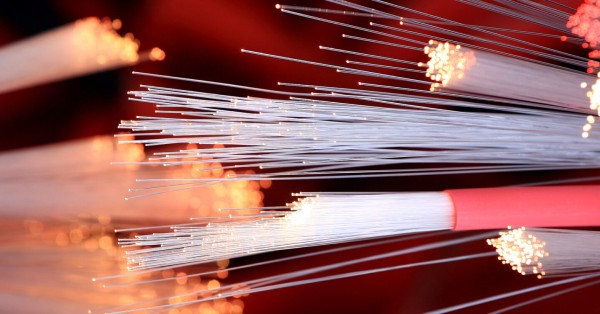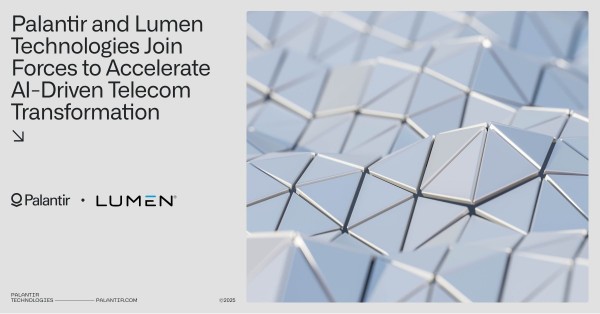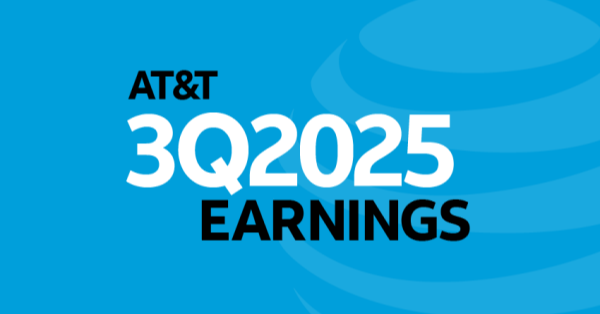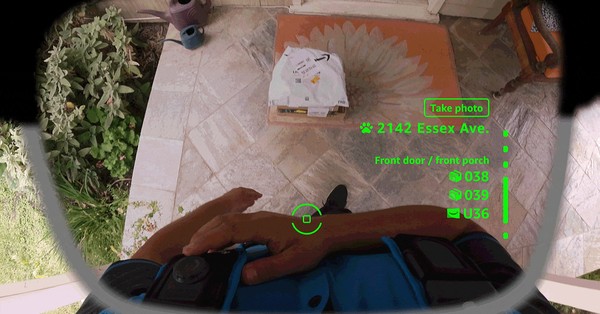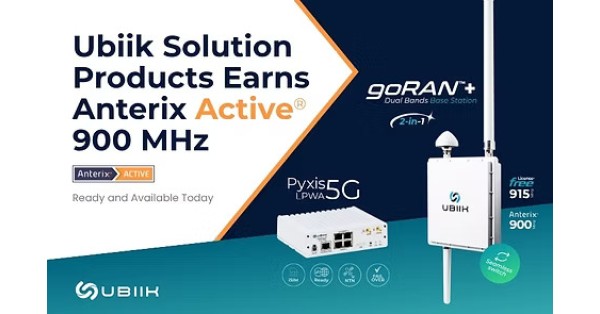Vodafone Germany cuts FTTH prices to accelerate DSL-to-fibre migration
Germany’s migration from copper to fibre is entering a price-led phase, and Vodafone is sharpening fibre offers to pull DSL users across the line.
Why Germany’s FTTH needs price-led adoption now
Germany has the fibre footprint but not the take-up: many households still cling to DSL and VDSL even where FTTH is available, leaving operators running two networks and straining economics. The Federal Digital Ministry has urged lower, more attractive fibre pricing and voluntary migrations to speed the transition, while avoiding scenarios where customers pay for both copper and fibre. As AI workloads and cloud usage drive sustained upstream traffic growth, symmetrical fibre—delivered via GPON/XGS-PON—becomes increasingly strategic for both consumers and SMEs, outpacing copper’s limits and challenging cable’s asymmetric profile.
Policy shift: regional VDSL withdrawal and staged copper switch-off
Berlin’s latest position paper signals a shift from broad targets to practical levers that ease adoption. It proposes allowing the Federal Network Agency (BNetzA) and fibre operators to initiate regional discontinuation of VDSL, a power currently held largely by Deutsche Telekom. A nationwide copper switch-off by 2030 looks unlikely; a staged, region-by-region approach could begin around 2028 and extend into the 2030s. The emphasis is on choice, transparency and avoiding dual-running costs—nudging, not forcing, customers to move. Industry association figures indicate that a clear majority of active lines still ride copper, while pure FTTH remains a minority and the balance sits on TV cable, underscoring the scale of the migration task.
Vodafone Germany’s FTTH pricing and network strategy
For Vodafone Germany, lowering fibre entry costs and simplifying switching directly supports three imperatives. First, it helps migrate legacy DSL users acquired over time via wholesale loops and bitstream into next-gen access. Second, it positions Vodafone’s retail offers more competitively against Deutsche Telekom’s accelerating FTTH builds and the dense patchwork of alternative fibre providers such as Deutsche Glasfaser. Third, it complements Vodafone’s HFC footprint—where DOCSIS 3.1 today and DOCSIS 4.0 upgrades tomorrow lift downstream capacity—by offering symmetric fibre where premium uploads and jitter-sensitive services demand it. The company’s fibre build partnership with Altice (OXG) aims to extend FTTH to millions of homes on an open-access basis; sharper retail pricing can help hit the take-up thresholds that unlock returns on that capex.
FTTH vs VDSL vs cable: competition and pricing pressure
Deutsche Telekom continues to invest in VDSL (including vectoring/super-vectoring) while expanding FTTH, keeping copper in-market and dampening urgency to switch for some segments. At the same time, alternative networks (altnets) and cable players (e.g., Tele Columbus/PŸUR) add localised competition. The result is a classic three-technology contest: VDSL’s wide availability and lower switching friction; cable’s high downstream speeds with improving latency; and FTTH’s symmetry and long-term headroom. Price becomes the immediate lever to move hesitant households and SMEs off copper, especially in multi-dwelling units where permissions, in-building wiring and installation coordination add friction. Expect introductory FTTH discounts, fee waivers, and simplified contracts to become standard as operators chase adoption curves.
Economics of migration: ending dual-run costs and lifting take-up
Running copper and fibre side-by-side is operationally expensive, and slower migrations strand capital. Lowering fibre tariffs can accelerate take-up, bring forward decommissioning dates for copper nodes, and reduce opex tied to fault-prone legacy loops. But the math only works if promotions convert into durable ARPU without eroding margins. Operators will balance entry-level price cuts with upsell ladders (higher tiers on XGS-PON), bundled services, and business-grade add-ons. On the supply side, open-access wholesale—Layer 2 and Layer 3 bitstream—helps fill new fibre with multiple retail brands, improving utilisation. On the demand side, marketing must communicate tangible benefits: symmetric uploads for video collaboration, cloud backup, and low-latency applications; higher reliability; and clearer SLAs for businesses.
Switching realities: MDU readiness, installs, and CPE/number porting
Migration is as much about process as price. Common blockers include in-building fibre readiness in MDUs, appointment backlogs, porting of fixed voice numbers, and CPE swaps. Enterprises and SMBs often layer in backup connections; many will reassess primary/secondary access mixes as fibre becomes the default and mobile 5G or cable serves as failover. For operators, every avoided truck roll and every streamlined installation step improves unit economics; for customers, clear timelines, minimally disruptive installs, and predictable pricing are decisive.
Actions for businesses and property owners now
- Audit sites: identify which locations are on DSL/VDSL, cable, or already fibre-ready, and map contract expiries.
- Prioritise symmetry: move collaboration-heavy or upstream-intensive sites first to FTTH (XGS-PON where available) for consistent uploads and jitter performance.
- Plan redundancy: pair FTTH with 5G fixed wireless or cable for continuity; test failover before cutover.
- Align SLAs and security: update latency/jitter targets, SD-WAN policies, and QoS to exploit fibre capabilities.
- Coordinate buildings: work with landlords and facility managers to pre-approve in-building fibre paths and avoid delays.
What to watch: pilots, wholesale terms, and DOCSIS 4.0
- Regional copper switch-off pilots from 2028: which cities and how BNetzA operationalises operator-initiated VDSL withdrawal.
- Wholesale access on new fibre: breadth of Layer 2/3 products and terms that enable multi-ISP retail competition on the same glass.
- Vodafone–Altice (OXG) FTTH milestones: build pace, penetration targets, and how retail promotions track take-up.
- Cable roadmap: breadth and timing of DOCSIS 4.0 in Germany and how it reshapes price/performance versus FTTH.
- SME migration offers: managed installs, porting, and bundled security/connectivity packages that remove friction for business users.
- Demand drivers: continued AI and cloud adoption lifting upstream needs—further tilting value toward symmetric fibre over copper and legacy broadband.
Bottom line: with policy nudges, competitive pressure, and a clearer path to regional copper switch-offs, lowering FTTH entry costs is the pragmatic lever to convert availability into adoption; operators that pair sharper pricing with smooth migration journeys will gain share and unlock the economics of Germany’s fibre decade.


